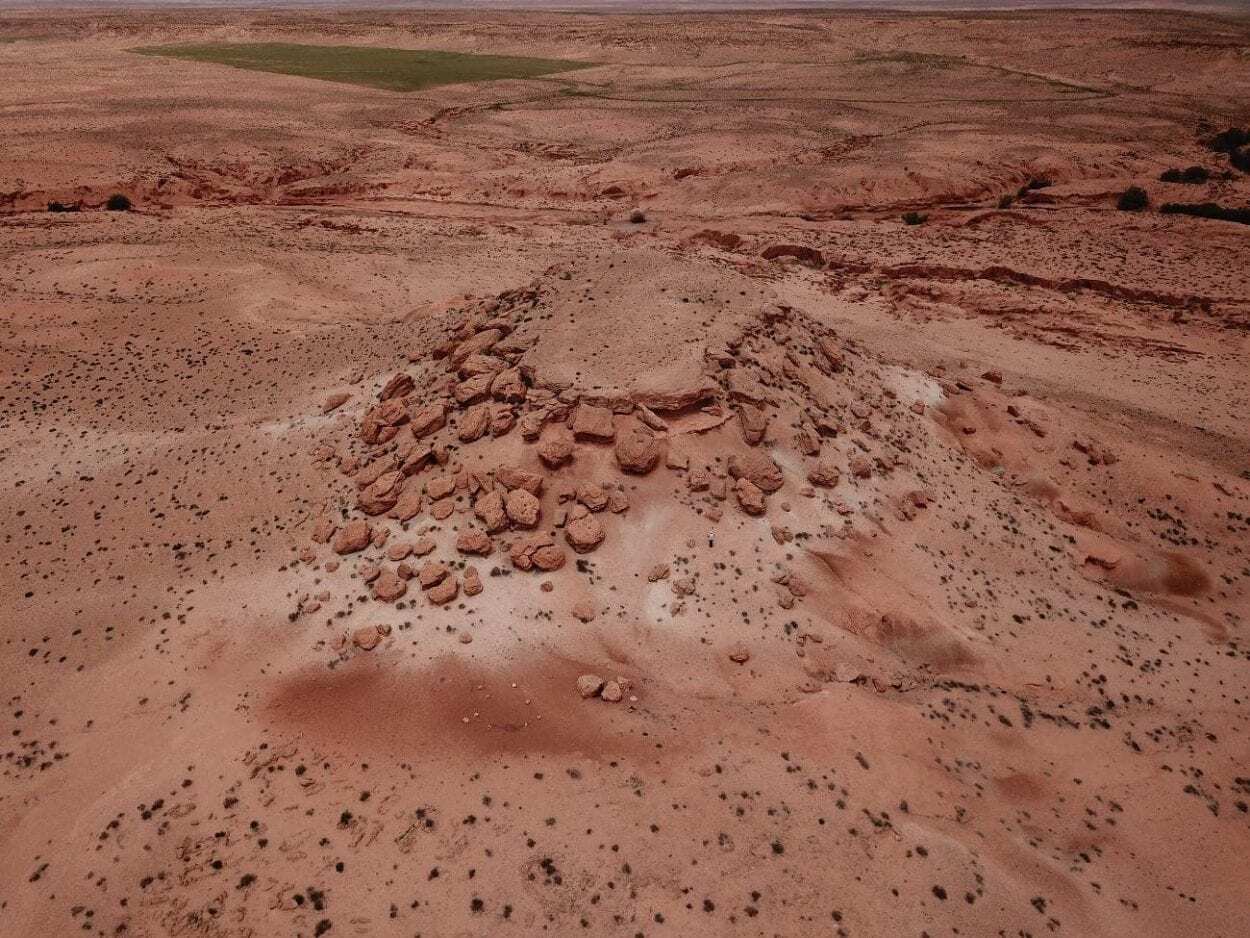Researchers from the Centro Nacional de Investigación sobre la Evolución Humana (CENIEH) have been using drones to create high-resolution aerial images and topographies to compile maps of the High Plateaus Basin in Moroccan Atlas.
The study aims to map the region in order to understand how human evolution developed around the Quaternary in Northern Africa.
Alfonso Benito Calvo, head of the Geomorphology and Formation Processes line of research at CENIEH said: “We used the drones from our Digital Mapping and 3D Analysis Laboratory to analyze how the landscape in this intramountain basin in the Atlas chain has evolved, and thus distinguish the different geological formations.”
The region contains many geological features on plains marked by fluvial channels which allowed the formation of shallow lakes and wetlands. From that moment, deep valleys began to be incised, leaving fluvial terraces and buttes, formed under arid conditions with frequent climatic changes.
“Numerous archaeological remains of different chronologies are preserved today in this geological record, indicating the great potential of the region for studying the archaeological history of North Africa from the Pliocene to the present day”, states Benito Calvo.
This work was conducted under the auspices of a Spanish-Moroccan project, directed by the IPHES (Instituto Catalán de Paleoecología Humana y Evolución Social), in Tarragona, and Mohammed I University (Oujda, Morocco), and has institutional support from the local and regional authorities of the Moroccan province of Jerada, the Fundación Palarq and the MInisterio de Cultura y Deporte.
CENIEH
Header Image Credit : Alfonso Benito Calvo





